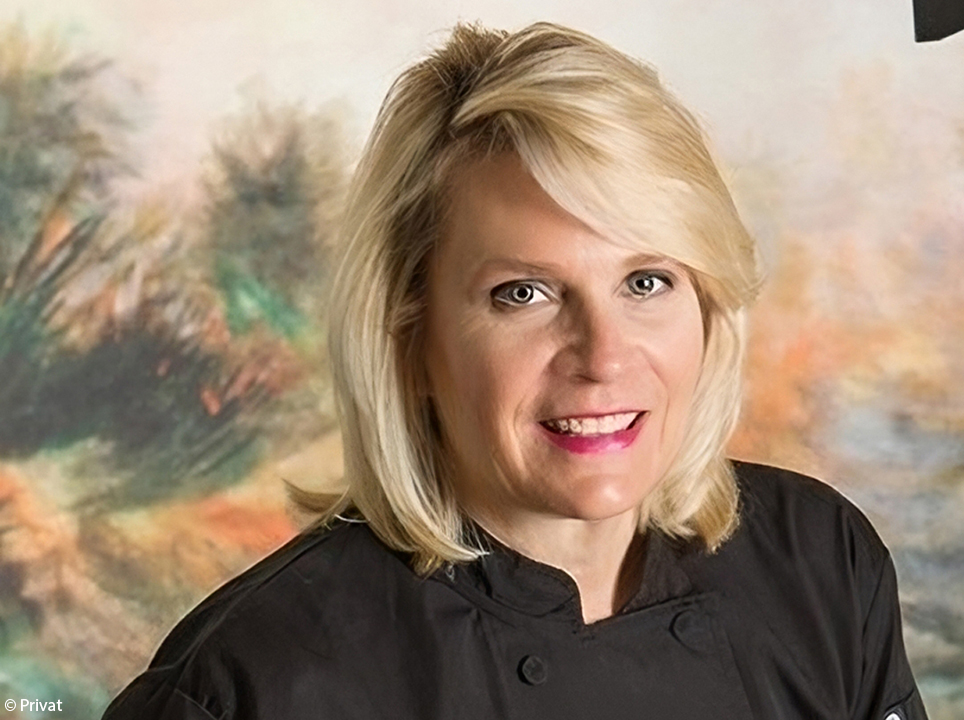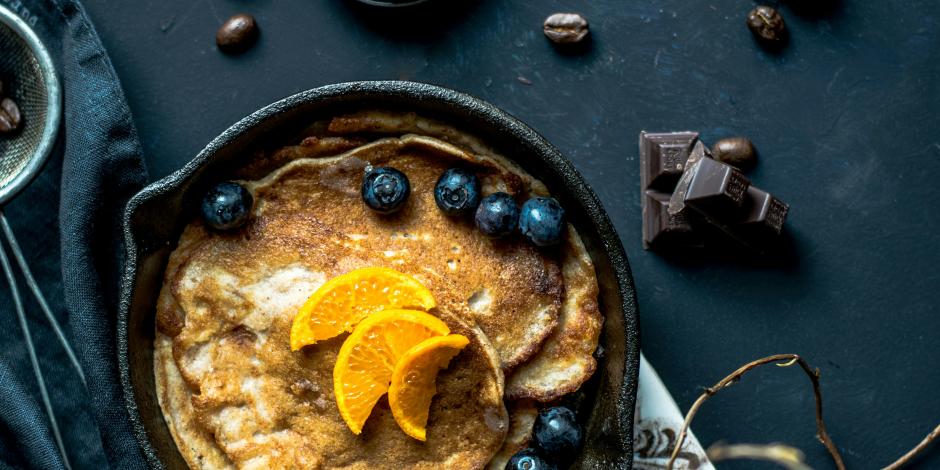Starten Sie den Audio-Text
Mit dem Audio-Player können Sie sich den Text anhören. Darunter finden Sie das Transkript.
Business Spotlight correspondent Melita Cameron-Wood spoke to New Orleans-based food stylist Kendall Gensler about her uniqueeinzigartigunique career. In this interview extract, you’ll hear references to The Menu, a movie release sth.etw. herausbringenreleased in 2022, in which food played a very important role. Listen carefully because we’ll test your understanding of the interview afterwards.
Melita Cameron-Wood: The first thing I wanted to ask you was how did you first get into food styling?
Kendall Gensler: So, I went to culinaryhier: Kochculinary school. I got involved in doing some cookbook work, which led to food styling for the recipe(Koch-)Rezeptrecipes. It really kind of progressed from there.
Melita: And when you’re styling food for different clients, what is the difference, say, between, like, styling food for a commercialWerbespotcommercial or a print advert (UK)Werbeanzeigeadvert?
Kendall: So, with print — packaging or what have you — you know, you are taking a four‑-dimensional itemGegenstand, Sacheitem, and you have to turn it into a one-dimensional item — the photograph — to make it appealingattraktivappealing. So, there’s a lot that’s involved in that. It really has to pophier: ins Auge springenpop. But it also, you know, there’s so much truth in advertising that we have to make sure that, you know, that the portion isn’t larger than what is actually going to be inside of the package, and the number of shrimpGarneleshrimp, if you will, are exact so that that doesn’t come back on sb.negative Folgen für jmdn. habencome back on the client. There’s all of that to be be cognizant of sth.sich etw. bewusst seincognizant of. In film and television, the actors are eating, and so, right now, one of the largest things for me is that everybody has different dietaryErnährungsdietary restrictionEinschränkungrestrictions. So, like on The Menu, for example, we had 11 principalHaupt-principal actors, and you know, one was gluten-free and one was a vegan, but they were all eating the same dish, so I had to make sure that the overarchingübergreifend; hier: allgemeinoverarching sauce or foam that I was using was one that could suit sb.für jmdn. geeignet seinsuit everyone — like using almond milk, just to make sure that it worked for everybody.
Melita: If someone is working as a chefKoch/Köchinchef or a food stylist, like, is there a big difference in terms ofhinsichtlichin terms of the way your day-to-day work looks?
Kendall: Most chefs don’t get up early. They go into work probably around three o’clock ’cosbecause’cos they’re going to work late. So, in the food stylist world, you work from very early till very late. I mean, so working as a food stylist, it’s very long days. I mean, it’s going to be a minimum of 12 hours on set. You have all of the prep (ifml.)Vorbereitung(en)prep just to get you to the 12-hour start point, you know, and then you have to load out (ifml.)abladen, abliefernload out and leave. So, they’re very, very long days, and I might have, you know, depending on the job or whatever, you know, I have multiple days to prep. You usually go on very little sleep, but the jobs are segmented(in Abschnitte) unterteiltsegmented.
Melita: I see, OK, wow, quite intense, then.
Kendall: It is very intense, yes. You know, people think that it’s glamorous. You know, I mean there are glamorous parts to it, but it’s a lot of, you know, lifting, long hours. It’s very hard work.

OK, let’s check your understanding of what you have just heard. Listen to the following statements based on the interview and decide whether they are true or false.
1. Kendall Gensler first got involved in food styling for restaurants.
➤ This statement is false. Kendall’s first experience of food styling was for recipes in cookbooks. A “recipe” is a series of instructions to help a person to make a dish.
2. When styling food for advertising clients, it is important not to mislead sb.jmdn. täuschen, in die Irre führenmislead clients with bigger portion sizes.
➤ This statement is true. Kendall says “there is so much truth in advertising” and that is why she has to be “cognizant of” portion sizes when styling food for advertising. If you are “cognizant of something,” you are aware of it.
3. In film and television, actors have varying requirements, which Kendall needs to cater to sth.auf etw. eingehencater to when styling food.
➤ This statement is true. Kendall mentions actors’ “dietary restrictions” when styling food for film and television.
4. Food stylists get tired because they don’t have a breakPausebreak between jobs.
➤ This statement is false. Kendall talks about long hours, but she says that the jobs are “segmented,” which means there is a gapLücke; hier: Pausegap between them.
Well done. Did you get all those right? If not, go back and try the exercise again.
Neugierig auf mehr?
Dann nutzen Sie die Möglichkeit und stellen Sie sich Ihr optimales Abo ganz nach Ihren Wünschen zusammen.



